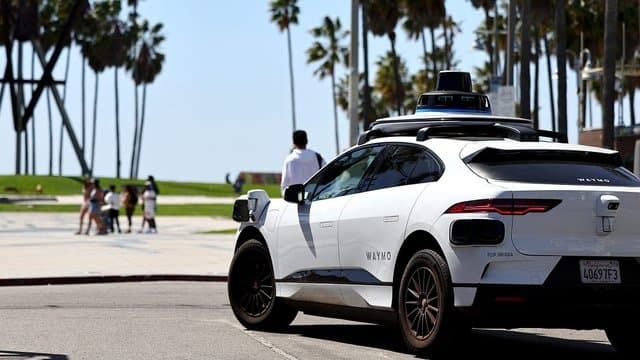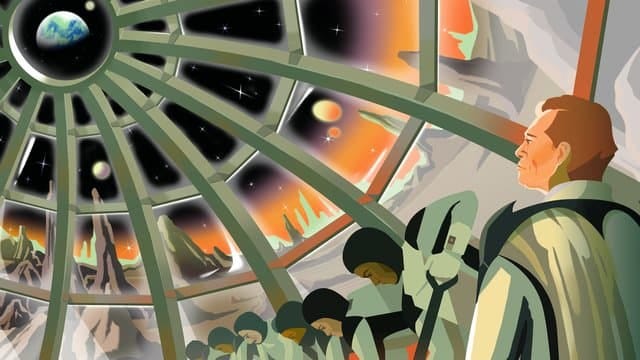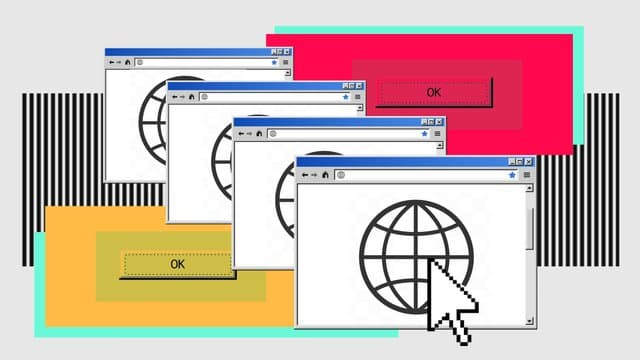Thanks for reading Five Things Tech! If you haven’t subscribed, please click the button below:
Hello and welcome back to Five Things Tech!
Today you can read about how the electric grid is changing from the bottom up, a bit like the creator economy is changing the media industry. Also, you can read about new composite materials, the impact of robotaxis on urban areas, Musks ideas on living in space and what the web was like 30 years ago.
Oh, and you know what would be really cool? Drop me a line and tell me, which article you liked, which you hated or why you’re reading this newsletter in the first place. Thanks! And please tell other people about this newsletter as well!
🌅 Dawn of the distributed age
“Bottom-up pressure is now driving change in energy markets. The rapid adoption of small-scale renewables is outpacing our creaky old regulatory frameworks, leading to some pretty weird situations — negative energy prices, for instance. Sometimes there’s so much renewable energy flooding the grid that prices go negative. It’s like your local grocery store paying you to take their overripe bananas off their shelves.” - the energy sector is changing very quickly, from solar panels on the balcony to bi-directional charging of EV batteries. It’s an interesting space to watch, that’s for sure.
A New Age of Materials Is Dawning, for Everything From Smartphones to Missiles
New developments in composites make it possible to create much lighter structures, which will enable us to create new forms of transportation, new weapons and possibly a ton of other things, including better running shoes. Fascinating stuff, not just for runners…
Robotaxis should be a wakeup call for cities
This is a smart argument around robotaxis: policymakers should move towards more bike lanes and public transport now if they want to avoid even more congestion in the cities when robotaxis become common: “A city designed primarily for transportation by robotaxi is a lot like a city designed primarily for transportation by human-driven cars. Because cars — including autonomous and electric cars — are so inefficient at moving lots of people at the same time, a robotaxi-dominated transportation system would have a relatively low ceiling on the number of people it could transport. Automotive capacity on city streets and highways would remain a paramount concern.”
Thermonuclear Blasts and New Species: Inside Elon Musk’s Plan to Colonize Mars
While I acknowledge how Musk pushed EV forward, I also think that the world will be a better place the minute he boards that spaceship to Mars.
What the web looked like in 1994, the year it became the internet
I went online in early 1995 when I got accepted for a year as an undergrad at UC Berkeley and found out that I had to select my courses online. Getting online was quite a task at that time at my university and it required some social engineering to get access to the computer lab. Boy, was I hooked right away. Mosaic was such an awesome tool!
That’s all for now! Thanks for reading! If you missed last week’s Five Things Tech, you can find it here:
— Nico






